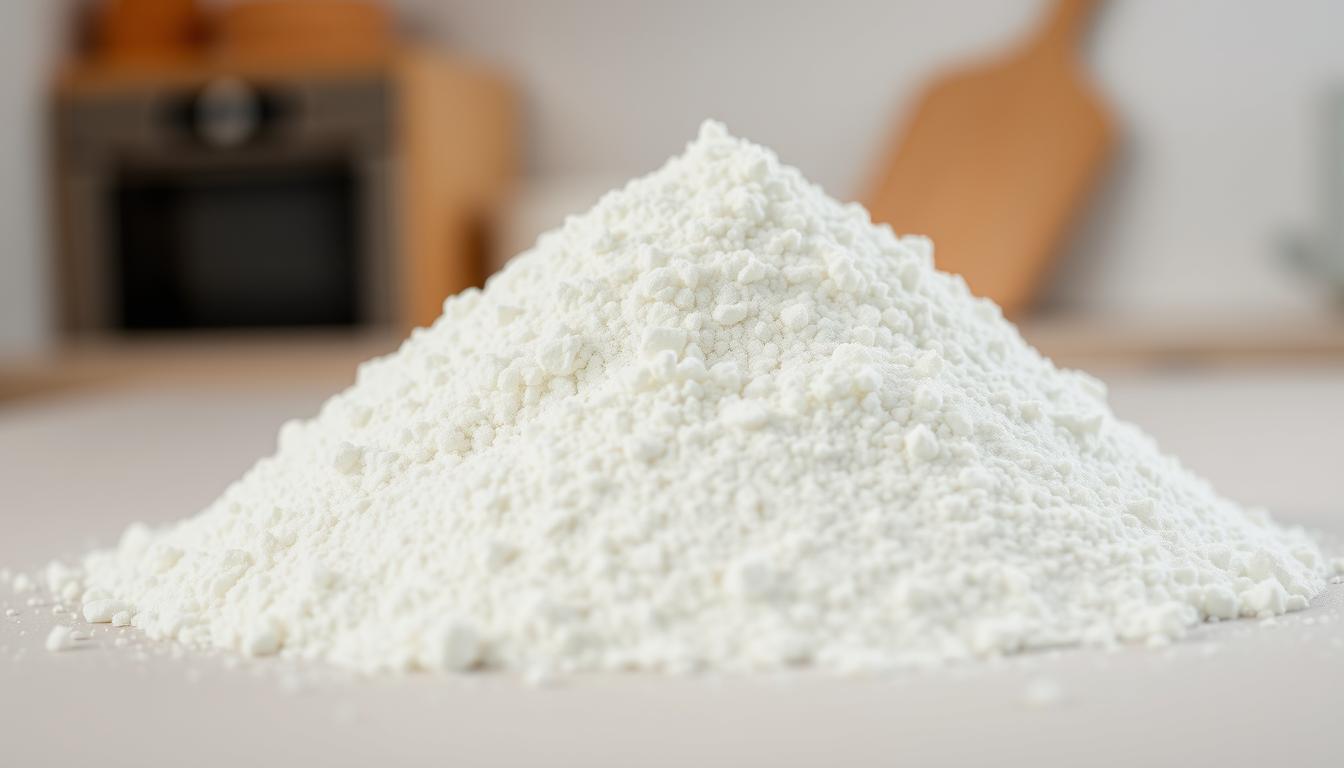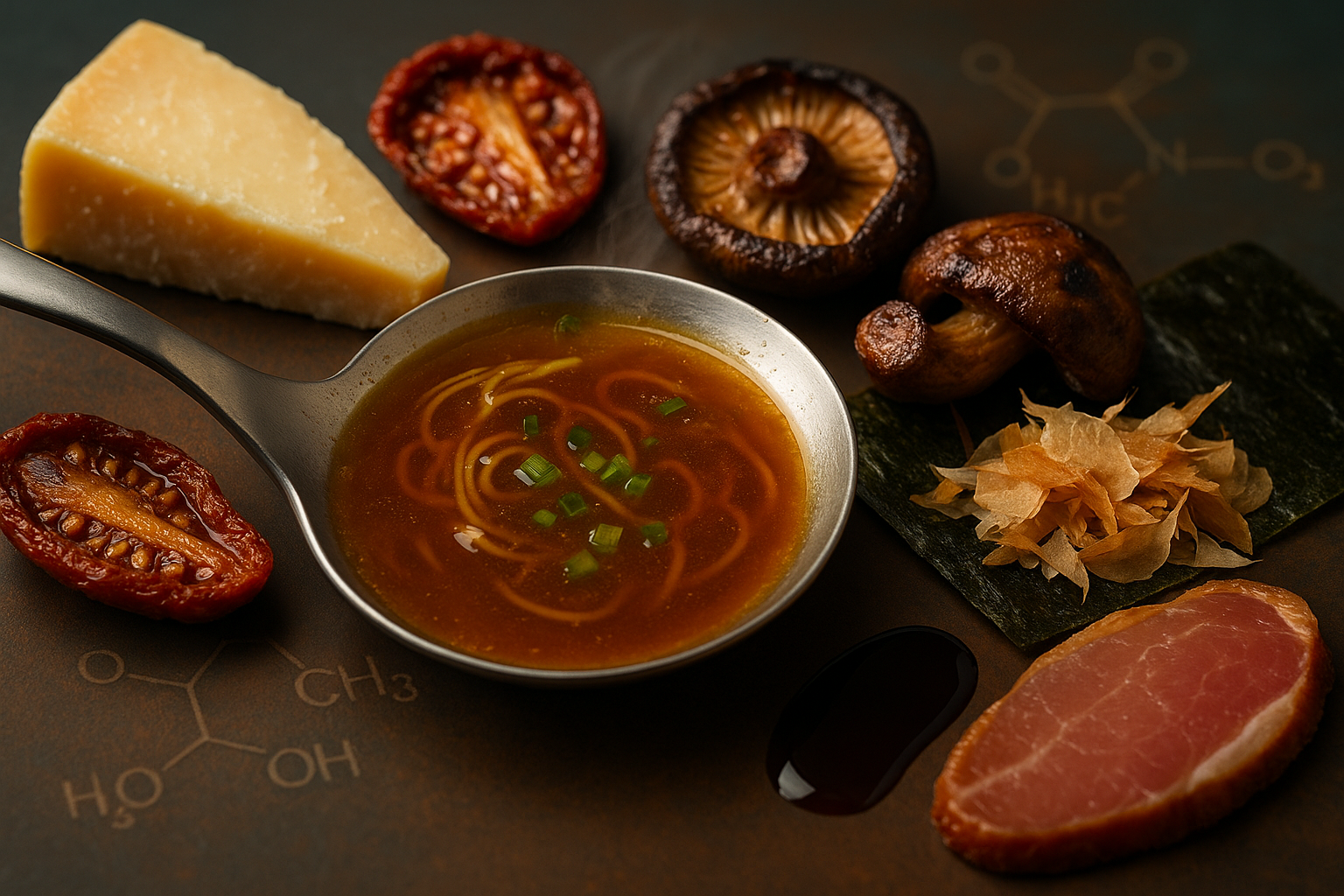
Maltodextrin: What It Is, Uses, Benefits, and Potential Health Concerns
SUBSCRIBE TO OUR BLOG
Promotions, new products, and recipes.
Have you ever flipped over a food package and spotted "maltodextrin" in the ingredients list? This common food additive appears in countless processed foods, from snacks and desserts to sports drinks and supplements. While generally recognized as safe by regulatory bodies, maltodextrin has sparked debates about its health effects. This comprehensive guide explores what maltodextrin is, how it's used, its potential benefits and risks, and healthier alternatives you might consider.
What is Maltodextrin?
Maltodextrin is a white, tasteless powder derived from plant starches. It's produced through a process called hydrolysis, which uses water, enzymes, and acids to break down starches from corn, rice, potato, or wheat into smaller molecules. The result is a highly processed carbohydrate that dissolves easily in water and has a neutral taste.
Chemically, maltodextrin consists of glucose (sugar) molecules chained together. The length of these chains determines its properties. What distinguishes maltodextrin from corn syrup solids is its sugar content - maltodextrin contains less than 20% sugar, while corn syrup solids contain at least 20% sugar.
Despite being derived from plants that sometimes contain gluten, the extensive processing typically removes gluten proteins. According to the National Celiac Association, maltodextrin is generally considered gluten-free, even when derived from wheat, making it safe for most people with celiac disease.
Concerned About Food Additives?
Understanding what's in your food is the first step toward making healthier choices. Start reading nutrition labels to identify maltodextrin and other additives in your diet.
Common Uses of Maltodextrin

Maltodextrin serves multiple purposes in food production and other industries. Its versatility makes it a favorite among manufacturers for various applications:
Food Industry Applications
Sports Nutrition
Athletes and bodybuilders often consume maltodextrin in sports drinks and supplements because it provides rapidly available energy. Its high glycemic index means it can quickly raise blood sugar levels, making it useful during or after intense physical activity when quick energy replenishment is needed.
Pharmaceutical Uses
In the pharmaceutical industry, maltodextrin serves as a:
- Binding agent in pill and tablet formulations
- Carrier for active ingredients in medications
- Diluent to increase the bulk of pharmaceutical products
Other Applications
Beyond food and medicine, maltodextrin appears in:
- Personal care products like lotions and hair care items
- Cosmetics as a texture enhancer
- Animal feed as an energy source
Nutritional Value and Metabolism
Maltodextrin provides 4 calories per gram, the same as table sugar. However, its impact on blood sugar levels is quite different. With a glycemic index (GI) of approximately 110, maltodextrin ranks higher than table sugar (GI 65), meaning it can cause blood sugar levels to spike more rapidly.
| Carbohydrate Source | Glycemic Index | Calories per gram | Effect on Blood Sugar |
| Maltodextrin | 110 | 4 | Very rapid increase |
| Table Sugar (Sucrose) | 65 | 4 | Moderate increase |
| Honey | 55-60 | 3 | Moderate increase |
| Whole Wheat Bread | 74 | 2.7 | Moderate-high increase |
| Beans | 30-40 | 1.3 | Slow, gradual increase |
The body digests maltodextrin very quickly, converting it to glucose that enters the bloodstream rapidly. This makes it an efficient energy source for athletes but potentially problematic for people managing blood sugar levels.
Unlike complex carbohydrates that contain fiber and nutrients, maltodextrin offers little nutritional value beyond calories. It's considered an "empty calorie" source, similar to refined sugar.
Potential Benefits of Maltodextrin

Benefits
- Quick energy source for athletes during intense exercise
- Helps maintain hydration when used in sports drinks
- Useful for people with hypoglycemia to raise blood sugar quickly
- Improves texture and shelf life of many foods
- May support muscle recovery when consumed with protein after workouts
Athletic Performance
For athletes and active individuals, maltodextrin can provide several benefits:
- Rapid energy source during high-intensity exercise
- Helps maintain blood glucose levels during prolonged activity
- Requires less water to digest than some other carbohydrates, reducing dehydration risk
- May help maintain anaerobic power during exercise, according to some research
Medical Applications
In certain medical contexts, maltodextrin serves valuable purposes:
- Treatment for chronic hypoglycemia (low blood sugar)
- Emergency glucose source for diabetic hypoglycemic episodes
- Digestion-resistant maltodextrin may improve intestinal functions and stool consistency
- Some research suggests potential antitumor activity of certain maltodextrin forms
Are You an Athlete or Fitness Enthusiast?
Maltodextrin can be beneficial for performance and recovery when used appropriately. Consult with a sports nutritionist to develop a personalized nutrition plan that optimizes your performance goals.
Potential Health Concerns
Concerns
- Causes rapid blood sugar spikes (GI of 110)
- May alter gut bacteria composition
- Contains no essential nutrients (empty calories)
- Often derived from GMO corn
- May contribute to weight gain when consumed regularly
Blood Sugar Impact
Maltodextrin's high glycemic index makes it a concern for certain populations:
- People with diabetes or insulin resistance may experience dangerous blood sugar spikes
- Those at risk for developing diabetes should limit consumption
- Regular consumption may contribute to poor blood sugar control over time
Signs that maltodextrin has caused your blood sugar to spike include sudden headache, increased thirst, trouble concentrating, blurred vision, and fatigue. If you experience these symptoms, check your blood sugar levels immediately.
Gut Health Concerns
Research has raised questions about maltodextrin's effects on digestive health:
- May suppress the growth of beneficial probiotic bacteria
- Some studies suggest it increases the growth of harmful bacteria like E. coli
- Potentially linked to inflammatory bowel conditions like Crohn's disease
- May impair intestinal mucus release, increasing the risk of colitis
Weight Management
For those trying to manage their weight, maltodextrin presents challenges:
- Provides empty calories with no nutritional benefit
- Rapid blood sugar spikes can trigger hunger and cravings
- Often found in highly processed foods associated with weight gain
- May contribute to fat storage when consumed in excess
GMO Concerns
In the United States, maltodextrin is frequently produced from genetically modified corn. While the FDA considers GMO ingredients safe, some consumers prefer to avoid them due to environmental or potential long-term health concerns.
Maltodextrin and Special Populations

Diabetes Management
For people with diabetes, maltodextrin requires special consideration:
- Should be counted as part of total carbohydrate intake
- May require additional insulin to manage blood sugar spikes
- Best consumed in very small amounts, if at all
- Blood sugar should be monitored closely when introducing foods with maltodextrin
Celiac Disease and Gluten Sensitivity
Despite having "malt" in its name (which often indicates barley, a gluten-containing grain), maltodextrin is generally considered safe for people with celiac disease:
- The processing removes most gluten proteins, even when derived from wheat
- According to the advocacy group Beyond Celiac, maltodextrin is considered gluten-free
- Those with severe sensitivity may prefer maltodextrin derived from non-wheat sources
Athletes and Active Individuals
For this population, maltodextrin can be beneficial when used strategically:
- Useful during prolonged exercise (>60 minutes) to maintain energy levels
- Can support recovery when consumed with protein after workouts
- Helps maintain hydration when included in sports drinks
- Should be limited to exercise contexts rather than regular consumption
Managing a Health Condition?
If you have diabetes, celiac disease, or other health concerns, it's important to understand how maltodextrin might affect your condition. Consult with a healthcare provider for personalized advice.
Healthier Alternatives to Maltodextrin

If you're looking to avoid maltodextrin, there are numerous alternatives depending on your needs:
Natural Sweeteners
- Honey: Natural sweetener with antimicrobial properties
- Maple syrup: Contains minerals and antioxidants
- Coconut sugar: Lower glycemic index than regular sugar
- Fruit purees: Add sweetness plus fiber, vitamins, and minerals
- Molasses: Contains iron and other minerals
- Date paste: Made from whole dates with fiber intact
- Stevia: Zero-calorie natural sweetener
- Monk fruit: Zero-calorie sweetener without aftertaste
- Erythritol: Sugar alcohol with minimal impact on blood sugar
Natural Thickeners
For Athletes
Athletes looking for alternatives to maltodextrin-based sports products can consider:

Frequently Asked Questions About Maltodextrin

Is maltodextrin safe for diabetics?
Maltodextrin is generally not recommended for people with diabetes due to its high glycemic index (110), which can cause rapid blood sugar spikes. If you have diabetes and consume products containing maltodextrin, you should count it as part of your total carbohydrate intake and monitor your blood sugar closely. It's best to limit consumption to very small amounts or avoid it altogether, especially if you struggle with blood sugar management.
Is maltodextrin gluten-free?
Yes, maltodextrin is generally considered gluten-free, even when derived from wheat. The extensive processing removes most gluten proteins. According to the advocacy group Beyond Celiac, maltodextrin is safe for people with celiac disease. However, those with severe sensitivity may prefer to choose products that specify maltodextrin derived from corn, rice, or potato rather than wheat.
How can I identify maltodextrin in food products?
Maltodextrin must be listed in the ingredients section of food labels. It's typically listed simply as "maltodextrin" without specifying the source (corn, wheat, etc.). Common products containing maltodextrin include processed snacks, baked goods, salad dressings, spice mixes, instant puddings, candies, and sports drinks. If you're trying to avoid it, reading ingredient lists carefully is essential.
Does maltodextrin cause weight gain?
Maltodextrin itself doesn't directly cause weight gain, but it may contribute to it in several ways. As a refined carbohydrate with a high glycemic index, it can cause blood sugar spikes followed by crashes, which may increase hunger and cravings. It also provides empty calories with no nutritional value. Additionally, many foods containing maltodextrin are highly processed and calorie-dense, which can lead to overconsumption and weight gain when eaten regularly.
Is maltodextrin the same as MSG?
No, maltodextrin and MSG (monosodium glutamate) are completely different substances. Maltodextrin is a carbohydrate derived from plant starches, while MSG is a flavor enhancer made from glutamic acid. They serve different purposes in food production and have different effects on the body. Some people confuse them because both are common food additives, but they are not related chemically or functionally.
Making Informed Choices About Maltodextrin

Maltodextrin is neither entirely good nor bad – its suitability depends on your individual health circumstances, goals, and needs. The FDA considers it safe for consumption, but that doesn't mean it's optimal for everyone.
For most healthy individuals, consuming small amounts of maltodextrin occasionally is unlikely to cause problems. Athletes may even benefit from its quick energy-providing properties during intense exercise. However, people with diabetes, insulin resistance, or digestive conditions may want to limit or avoid it.
The key to making informed choices about maltodextrin is awareness. Read food labels carefully, understand how this ingredient might affect your specific health situation, and consider whether there are more nutritious alternatives available. When possible, choose whole, minimally processed foods that provide nutrients along with their calories.
If you're concerned about how maltodextrin or other food additives might affect your health, consult with a healthcare provider or registered dietitian who can provide personalized guidance based on your unique needs and health goals.
Take Control of Your Diet Today
Understanding food additives like maltodextrin is just one step toward a healthier diet. Start reading food labels, choosing whole foods when possible, and consulting with nutrition professionals for personalized advice.
Frequently Asked Questions (FAQs) About Maltodextrin
1. Is maltodextrin safe to consume daily?
In small amounts, maltodextrin is considered safe by the FDA. However, daily or excessive consumption may raise blood sugar levels, disrupt gut microbiota, and contribute to weight gain. Those with diabetes or insulin resistance should limit intake or choose foods without maltodextrin.
2. Can maltodextrin affect gut health?
Yes. Some research suggests maltodextrin may reduce beneficial gut bacteria and promote harmful bacteria growth such as E. coli. Over time, this imbalance may contribute to inflammation or intestinal conditions like Crohn’s disease in susceptible individuals.
3. Is maltodextrin suitable for athletes?
Yes, when used properly. Maltodextrin provides rapid energy, making it ideal for endurance athletes or post-workout recovery. It’s best used during or after high-intensity exercise — not as a daily carbohydrate source.
4. What foods commonly contain maltodextrin?
Maltodextrin is found in many processed foods, including snack chips, salad dressings, instant puddings, candies, spice mixes, and sports drinks. It’s also used as a filler in supplements and meal replacement powders.
5. Are there healthier alternatives to maltodextrin?
Yes. Natural alternatives include honey, maple syrup, coconut sugar, date paste, and fruit purees for sweetness; and guar gum, agar-agar, and pectin for thickening. These options provide nutrients and fiber while maintaining texture and stability.
6. Is maltodextrin safe for people with celiac disease?
Generally, yes. Even when derived from wheat, the processing removes gluten proteins, making maltodextrin safe for most people with celiac disease. However, those with extreme sensitivities may prefer corn-, potato-, or rice-based sources.

|
About the Author Ed is the founder of Cape Crystal Brands, editor of the Beginner’s Guide to Hydrocolloids, and a passionate advocate for making food science accessible to all. Discover premium ingredients, expert resources, and free formulation tools at capecrystalbrands.com/tools. — Ed |
Enjoyed this post? Subscribe to The Crystal Scoop
Food-science tips, ingredient know-how, and recipes. No spam—unsubscribe anytime.
- Choosing a selection results in a full page refresh.



